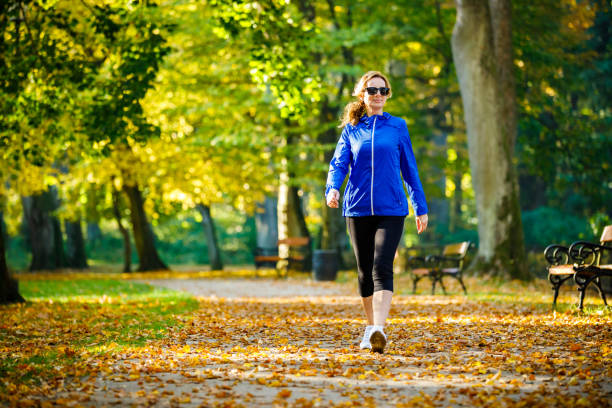
5 Powerful Yoga Poses That Burn More Calories Than Walking Yoga is often associated with relaxation, flexibility, and mindfulness, but many poses can also be surprisingly effective at burning calories. While a leisurely walk burns about 200–250 calories per hour (depending on body...

